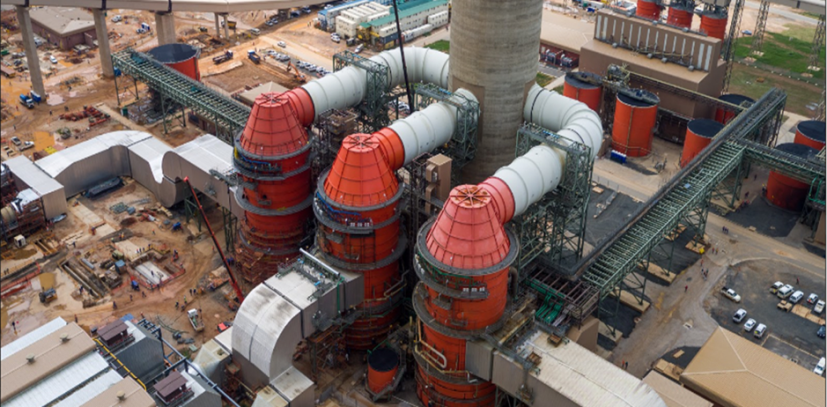
Project by Associate Professor Darren Sinclair and Professor Cameron Holley
Once released into the atmosphere, mercury can travel long distances, impacting far away from its original source. And mercury pollution has a long legacy in the environment, with potentially negative consequences for ecological systems and human health. Unfortunately, we have limited information on how much and where atmospheric mercury accumulates across Australia. This is important for how we regulate mercury emissions into the future.
A global treaty, the United Nations Minamata Convention on Mercury (Figure 1), has been established to protect human health and the environment from the adverse effects of mercury. The Minamata Convention contains “provisions that relate to the entire life cycle of mercury, including controls and reductions across a range of products, processes and industries where mercury is used, released or emitted”. The Minamata Convention came into force on 16 August 2017 after 50 countries had signed and ratified it. As of January 2019, the number of parties to the Convention stands at 102 (that is, those that have both signed and ratified it), and the number of signatories is 128. While Australia has signed the Convention, it has not yet ratified it. Both political parties have committed to ratifying the Convention in Australia, but it remains to be seen if and when this eventuates.

Assuming that at some point in the near future Australia ratifies the Minamata Convention, we will be required to put in place a number of regulatory and governance mechanisms, ideally coordinated at the national level. This includes addressing phasing out the use of mercury in products and processes, establishing controls on air emissions and releases to land and water, establishing an implementation and compliance committee, and putting in place monitoring and implementation plans.
At present, the regulation of mercury emissions is a state government responsibility. To date, this has not been a high priority for state governments. For example, although coal-fired power stations are a source of mercury air emissions, state regulators have not required the installation of ‘wet scrubbers’ (Figure 2) to remove them (and other pollutants) even though this is standard practice in North America and Europe. Further, in Victoria, for example, there are no limits on mercury emissions in the licences of coal fired power stations. Other states have fared little better. While it is true that coal-fired power stations are required to report their mercury emissions under the National Pollutant Inventory (a national database of industrial pollution), this is done on the basis of a ‘desktop’ calculation and there is no independent monitory of mercury levels.

It is likely, then, that existing mercury regulatory and governance arrangements will not satisfy the requirements of the Minamata Convention, and are, in any case, may be ripe for re-evaluation in the light of more information about mercury emissions in Australia. Determining the best ways to regulate sources of mercury in Australia into the future, and to meet our potential obligations under the Minamata Convention is the focus of this research project. To this end, we will be drawing on the findings of other researchers in Mercury Australia research network to identify where regulators should be turning their attention to first.
